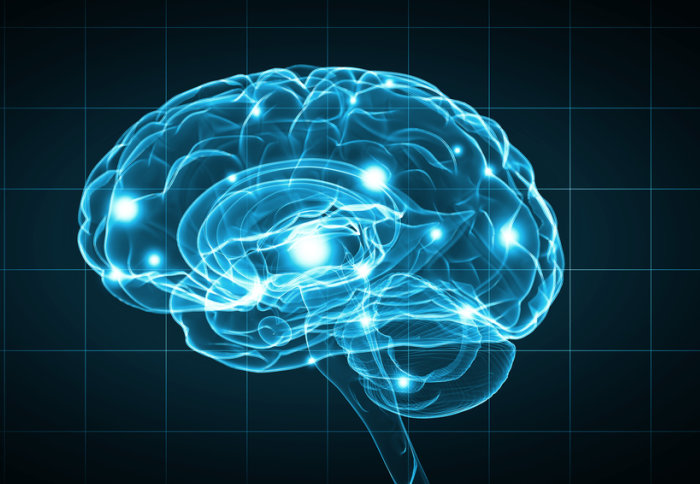

Scientists have gained clues into how a Parkinson’s disease treatment, called deep brain stimulation, helps tackle symptoms.
The early-stage study, by researchers at Imperial College London, suggests the treatment boosts the number and strength of brain cell ‘batteries’ called mitochondria. These batteries in turn provide power to brain cells, which may help reduce problems with movement and tremors.
The ultimate goal would be to keep cells powered-up for longer, and Parkinson’s symptoms at bay Dr Kambiz Alavian Study author
Deep brain stimulation is a treatment used for late-stage Parkinson’s disease that involves surgically implanting thin wires, called electrodes, into the brain. These wires deliver small electric pulses into the head, which helps reduce slow movement, tremor and stiffness.
However scientists have been unsure how the treatment, which is given to around 300 patients a year, tackles Parkinson’s symptoms.
Dr Kambiz Alavian, senior author of the study from the Department of Medicine, Imperial College London, said: “Deep brain stimulation has been used successfully to treat Parkinson’s for over 20 years, and is often offered to patients once medication no longer controls their symptoms.
“But despite the success of the treatment, we still don’t know exactly how delivering electric pulses to brain cells creates these beneficial effects. Our results, despite being at an early-stage, suggest the electric pulses boost batteries in the brain cells. This potentially opens avenues for exploring how to replicate this cell power-up with non-surgical treatments, without the need for implanting electrodes in the brain.”
Tremors and movement problems
Parkinson’s disease affects around 127,000 people in the UK, and causes the progressive loss of brain cells in an area called the substantia nigra. This leads to a reduction in a brain chemical called dopamine, which is crucial for controlling movement. As a result, the condition triggers symptoms such as tremor and slow movement.
The initial causes of the condition are still unknown, but recent studies suggest brain cells in the substantia nigra of the patients have fewer mitochondria – tiny energy-producing structures that keep cells alive.

In the latest trial, published in The FASEB Journal, scientists investigated brain cells from three deceased patients with Parkinson’s disease who had received deep brain stimulation (DBS), four deceased patients who had Parkinson’s disease but did not receive DBS, and three deceased individuals who did not have Parkinson’s.
All brains came from the Parkinson’s UK Brain Bank, at Imperial College London.
The team found the brain cells of people who had received deep brain stimulation had a higher number of mitochondria, compared to patients who didn’t receive the treatment. The mitochondria in the DBS patients were also bigger than those in patients who didn’t receive treatment, suggesting they may produce more energy.
Brain bank
The scientists highlight the fact only a small number of brain samples were used for this study, but now hope to start larger investigations.
"These type of studies are difficult to perform, as they can only be carried out after a patient has passed away. Without the Parkinson’s UK Brain Bank – and ultimately the people affected by Parkinson’s disease who choose to donate their brain after death, we wouldn’t be able to perform important studies such as these.
“We now hope to carry out larger studies to explore new treatments that may preserve brain cell mitochondria. The ultimate goal would be to keep cells powered-up for longer, and Parkinson’s symptoms at bay.”
-
“Post-mortem examination of Parkinson's disease brains suggests decline in mitochondrial biomass, reversed by deep brain stimulation of subthalamic nucleus” by A. Mallach et al. is published The FASEB Journal.
Article text (excluding photos or graphics) © Imperial College London.
Photos and graphics subject to third party copyright used with permission or © Imperial College London.
Reporter
Kate Wighton
Communications Division

Contact details
Email: press.office@imperial.ac.uk
Show all stories by this author




Leave a comment
Your comment may be published, displaying your name as you provide it, unless you request otherwise. Your contact details will never be published.